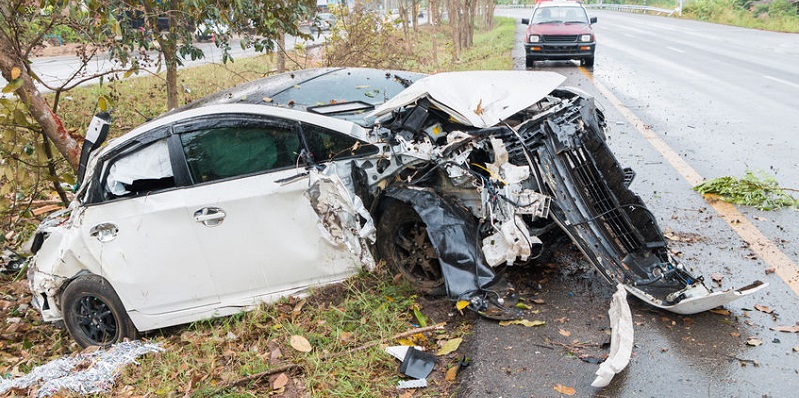In Colorado car accident lawsuits, pain and suffering are considered part of a category of damages known as noneconomic damages, along with inconvenience, reduced quality of life, emotional distress, and physical impairment or disfigurement
Expenses You Could Potentially Seek Compensation For
When you file a personal injury lawsuit after a car accident, what you’re really doing is asking a court to order the at-fault driver to pay you damages – monetary compensation for your injuries, property damage, lost wages, pain and suffering, and other losses arising from the accident. But before you’ll receive anything, you’ll have to prove fault, as well as the value of the damages you sustained.
Here is a rundown on the damages you might be entitled to receive, as well as what you will have to do to obtain compensation:
Medical Expenses
An automobile accident can cause a variety of minor and major injuries based upon the accident type, wound location, the pain suffered, and the present and future treatment required. Medical bills for ambulance charges, doctor visits, hospitalizations, laboratory tests, medications, physical therapy, and other costs related to the accident are usually presented to prove that the plaintiff incurred these damages.
Lost Income
Because of their injuries, time spent in the hospital, doctor appointments, and loss of function, many people are unable to return to work after an automobile accident. This loss of wages and the ability to work can be short-term or can go on indefinitely. Payroll records outlining the number of hours or days missed along with the corresponding hourly wage are usually used to prove an injured person’s claim for lost wages.
Diminished Earning Capacity
While present wage loss is relatively easy to establish, to prove that your injuries have negatively impacted or diminished your ability to earn money in the future, testimony from an economics expert will usually be required. Diminished earning capacity is typically calculated based on factors including past earnings, age, occupation, skills, experience, and the injured person’s life expectancy.
Pain and Suffering
Pain and suffering, characterized by mental or physical distress arising from an accident, are largely based on the type of injury, the intensity of the pain suffered, and the potential for future pain associated with the condition. In Colorado, pain and suffering are considered part of a category of damages known as noneconomic damages, along with inconvenience, reduced quality of life, emotional distress, and physical impairment or disfigurement. State law caps recoverable noneconomic damages at $468,010, which can be increased by the court to a maximum amount of $936,030 if clear and convincing evidence justifies the increase.
Disfigurement
If a Colorado car accident victim sustains permanent scars or disfigurement, they may be able to recover damages for those injuries. To be compensated for disfigurement, it needs to be documented in the victim’s medical records. In some situations, an expert will be retained to give an opinion on the cost of removing or repairing the scar or disfigurement as a way of quantifying the value of the injury.
Loss of Consortium or Companionship
If an injury victim is married, the accident could deprive them and their spouse of the ability to show affection, which in legal terms is considered loss of consortium. Unlike the other types of damages, loss of consortium damages are claimed by the uninjured spouse, but cannot be recovered unless damages are recovered for other injuries.
For assistance in recovering maximum compensable damages in an automobile accident claim, contact Colorado accident attorney Daniel R. Rosen at (800) ROSEN-911 for a free consultation and to discuss the details of your accident.

